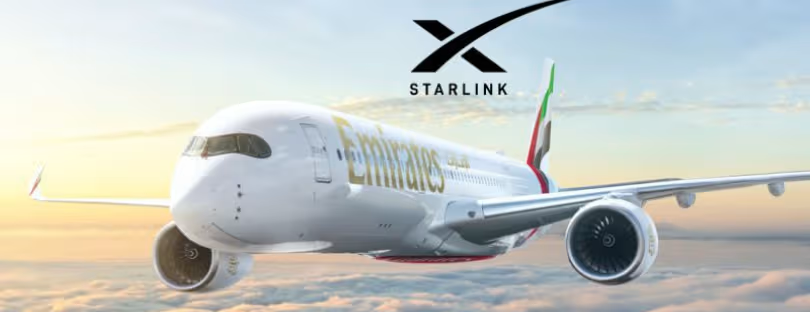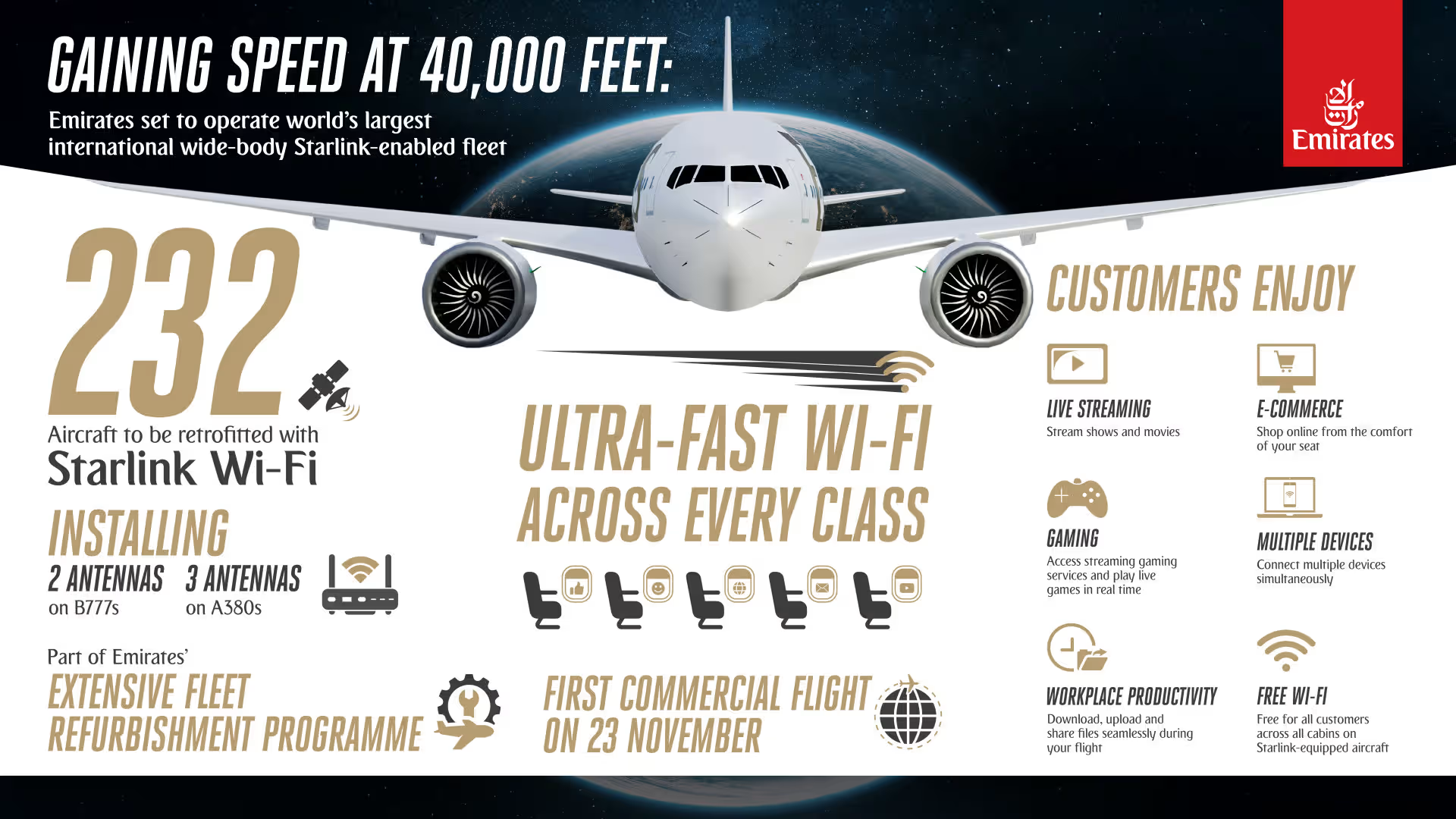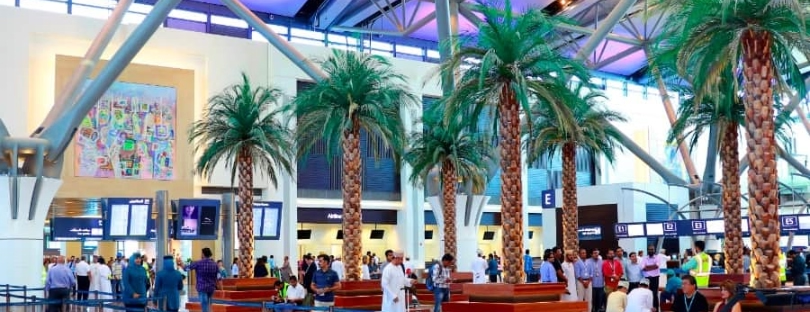
Emirates Rolls Out Free Starlink Wi-Fi Fleetwide by 2027
Emirates just made one of the biggest connectivity moves in commercial aviation: the airline will roll out Starlink high-speed Wi-Fi across its entire in-service fleet, starting with Boeing 777 aircraft in November 2025 and completing the upgrade by mid-2027. And here’s the part that will make travelers very, very happy—it will be completely free for everyone onboard.
This isn’t just another in-flight Wi-Fi refresh. It’s a statement of intent. Emirates is reshaping what passengers should expect at 35,000 feet, and the partnership with SpaceX’s Starlink puts the airline firmly at the front of the in-flight connectivity race.
Let’s break down what’s coming, why it matters, and what it says about the future of connected travel.
What Starlink Means for Emirates Flyers
If you’ve ever tried to load a webpage mid-flight and ended up staring at a spinning circle for minutes, you already understand why this is big. Starlink’s satellites deliver low-latency, high-bandwidth internet—essentially ground-quality connections at cruising altitude.
On Emirates aircraft, this will allow passengers to stream in HD, join video calls, play online games, upload large files, scroll social media without delays, and stay connected across multiple devices. The airline will enable connectivity both through personal devices and through the seatback system, giving passengers flexibility depending on how they prefer to fly.
The experience should feel seamless, consistent, and—at least according to Emirates and SpaceX—genuinely fast. If the performance matches Starlink’s track record on business jets, cruise ships, and select regional airlines, this could reset customer expectations industry-wide.
A Massive Fleet Upgrade at Record Installation Speed
Emirates plans to equip all 232 aircraft currently in service. The first aircraft — a Boeing 777-300ER registered A6-EPF — is already fitted with Starlink and was showcased this week at the Dubai Airshow. Visitors were able to test the high-speed connection while the aircraft was parked on the ground.
As soon as the Airshow wraps, that same aircraft returns to commercial service and becomes the first Emirates passenger jet to fly with Starlink live onboard. From there, the rollout accelerates fast: around 14 aircraft per month will be equipped, with the Airbus A380 upgrades beginning in February 2026.
In terms of hardware, Emirates will install two antennae on each Boeing 777 and—in an industry-first move—three antennae on each Airbus A380. More antennae mean more capacity, more stability, and fewer slowdowns when the entire cabin is online.
Starlink-powered Live TV is also on the roadmap. Passengers will first be able to stream live programming on personal devices, with integration into seatback screens scheduled for late December 2025.
And perhaps the biggest headline: no paywalls, no login hoops, and no loyalty membership required. Just one click and you’re online.
Emirates Isn’t Just Upgrading Wi-Fi — It’s Upgrading the Entire Journey
Sir Tim Clark, President of Emirates Airline, framed the Starlink deal as part of a much larger strategic push.
The airline is in the middle of what may be the most aggressive cabin refurbishment program in commercial aviation. Premium Economy is being added to more aircraft, Business Class is being redesigned, First Class refreshed, inflight entertainment is being expanded, and older aircraft are being fully modernized.
For Emirates, the message is simple: consistency matters. While other airlines offer vastly different products depending on aircraft type and route, Emirates is investing heavily to standardize its best offerings across the fleet.
The addition of Starlink is a major piece in that consistency puzzle—especially since connectivity has become a core expectation for travelers, not a luxury.
What SpaceX Says About the Partnership
Chad Gibbs, VP of Starlink Business Operations at SpaceX, emphasized the ground-like experience passengers should expect: the ability to stream, game, and have stable video calls without the lag or dropouts that typically plague in-flight networks.
Starlink has already made waves in the maritime and private aviation sectors, where reliability and low latency are non-negotiable. Bringing that performance to a global airline the size of Emirates is ambitious—and if successful, it could accelerate Starlink’s aviation expansion.
Where Emirates Stands Compared to Competitors
This is where things get interesting for the wider market.
Several major carriers—including Hawaiian Airlines, Air Canada, and JSX—have already announced or begun Starlink integration. But Emirates is the first large international airline to commit to a full-fleet Starlink deployment at this scale.
Other leading airlines have taken different approaches:
- Delta and United rely on Viasat, which delivers solid performance on many routes but doesn’t yet match Starlink’s low-latency model.
- Qatar Airways partners with Inmarsat GX, offering consistent but often slower speeds.
- Lufthansa and British Airways mix legacy connectivity systems with newer upgrades, creating variability fleet-wide.
Today’s global trend is clear: airlines are moving toward satellite-based, high-throughput networks capable of supporting streaming-level bandwidth. But Emirates — by committing to free, unlimited, high-speed connectivity across all cabins — is pushing the bar higher.
If the experience matches the promise, the airline could leapfrog competitors and redefine connectivity as an essential part of premium airline service, not a paid add-on.
Sources such as SpaceX, Emirates press materials, and earlier case studies from Hawaiian Airlines and Viasat-supported carriers point to a shift toward more bandwidth-demanding passenger expectations. Emirates is simply choosing to lead instead of follow.
Conclusion
Emirates’ Starlink rollout isn’t just another tech announcement—it’s a strategic move that positions the airline at the top of the global connectivity game. While other carriers are dipping their toes into next-gen Wi-Fi or offering it only on select aircraft, Emirates is betting big on fleet-wide consistency, speed, and simplicity. That decision aligns perfectly with broader industry trends: passengers don’t want “good enough” internet anymore; they want the same experience they have on the ground.
By choosing Starlink, installing record numbers of antennae, offering the service for free, and pairing it with a massive cabin upgrade program, Emirates is signaling that connected travel is no longer optional—it’s part of the core product. Competitors will eventually need to match this, but for now, Emirates has carved out a lead. The next two years will show whether this becomes the new standard for long-haul flying, but one thing is clear already: the airline Wi-Fi race just got a lot more interesting.












